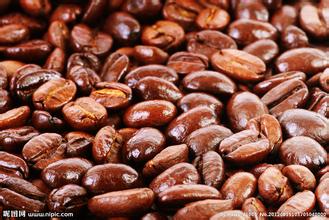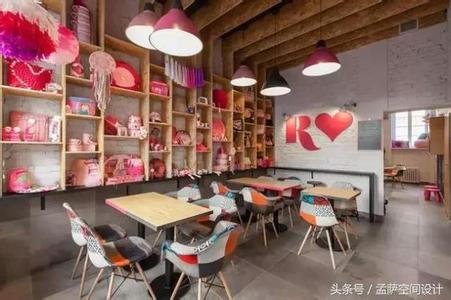Description of Ethiopian Flavor in Coffee planting and Primary processing introduction of varieties produced by taste treatment
Coffee cultivation and early processing Ethiopian flavor description Taste treatment method Production area Variety introduction
What is Ethiopia like? In the endless African prairie, a group of careless zebras are eating grass, and in the lush virgin forest, a group of noisy monkeys playing in the trees... Sorry to string to the "animal world" to go. To know Ethiopia, let's first understand the administrative divisions here! Just as we have Beishangguang, Ethiopia also has two cities with "more people, more roads and higher house prices", that is Addis Ababa. Addis Ababa and Dire Dawa (Dire Dawa); we have fifty-six ethnic groups and Ethiopia has more than a hundred ethnic groups; Just as there are cities and counties under our province, Ethiopia is divided into nine regions, such as the southern region. Some states with a large population are divided into several zones, such as Sidamo Zone, which is further divided into counties. Yirgacheffe is a county, and Kebele is under the county.
1 Skin/Pulp: The outermost layer of coffee beans is wrapped in berry-like skin and pulp. Coffee beans treated by methods other than natural solarization must be peeled and pulped within a few hours of picking. Similar to cherries, which we often eat, the difference is that when we eat cherries, we mainly eat the flesh and skin of berries. For coffee, the peel and pulp are important byproducts. In some regions coffee is brewed from the skin and pulp. Industry insiders used to call the peel and pulp of coffee "Pulp". The machines used to remove the pulp are called "pulpers."
Mucilage: Under the skin and pulp, a thick layer of mucus tightly surrounds the coffee beans. Because this layer of mucous membrane is extremely viscous and high in sugar, people are used to calling it "Honey". Not only coffee, but many fruits have a layer of mucus inside. You can visit http://en.wikipedia.org/wiki/Mucilage for more information.
Parchment: Inside the mucosa, a thin film of cellulose surrounds the coffee beans. After drying, the film looks like parchment, hence the name.
Sunlight treatment is very demanding on the climate. If it rains during the sun, it will make the beans regain moisture and mold.
Sun-dried beans are yellow when raw and brown in the center when baked, rather than white when washed.
Sun-baked beans have a relatively better sweetness and body, and less sourness, but the quality is less stable and will have greater fluctuations.
Solarization is widely used not only in Ethiopia and Yemen, but also in Africa and Indonesia, where Rochester coffee is grown, due to its low cost.

Important Notice :
前街咖啡 FrontStreet Coffee has moved to new addredd:
FrontStreet Coffee Address: 315,Donghua East Road,GuangZhou
Tel:020 38364473
- Prev

Introduction to the flavor description of grinding scale in Robusta Coffee Bean Manor
Description of Grinding scale Flavor in the area of Robusta Coffee Bean Manor taste description the output of Robusta species accounts for 25% 35% of coffee bean production. Its main producing country is Indonesia (one of its coffee beans is a kind of coffee beans processed by washing method, which is a hybrid between Robusta and Arabica, and is the only coffee bean that can be used as a single drink in the Chinese market.
- Next

When using drip filter method to brew coffee beans-what kind of coffee beans should be used for ice-dripping coffee?
When using drip-filter brewing method, coffee beans can be obtained with mature and high quality coffee beans only if the procedure management is perfect. However, this way is easily affected by climate, and the proportion of incomplete beans is very high. In addition, coffee beans treated in this way often have an earthy taste and are not suitable for long-term preservation.
Related
- Beginners will see the "Coffee pull flower" guide!
- What is the difference between ice blog purified milk and ordinary milk coffee?
- Why is the Philippines the largest producer of crops in Liberia?
- For coffee extraction, should the fine powder be retained?
- How does extracted espresso fill pressed powder? How much strength does it take to press the powder?
- How to make jasmine cold extract coffee? Is the jasmine + latte good?
- Will this little toy really make the coffee taste better? How does Lily Drip affect coffee extraction?
- Will the action of slapping the filter cup also affect coffee extraction?
- What's the difference between powder-to-water ratio and powder-to-liquid ratio?
- What is the Ethiopian local species? What does it have to do with Heirloom native species?

